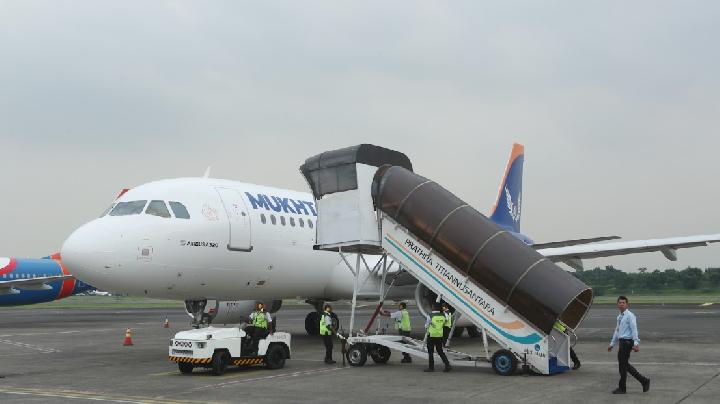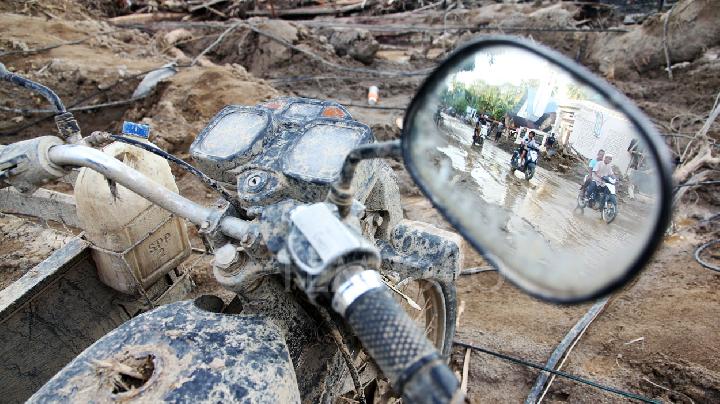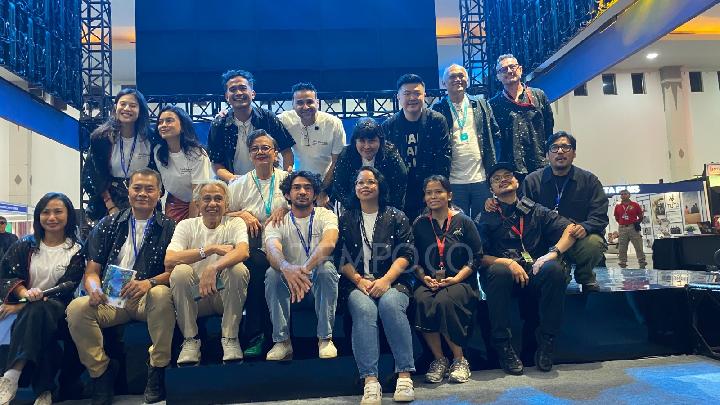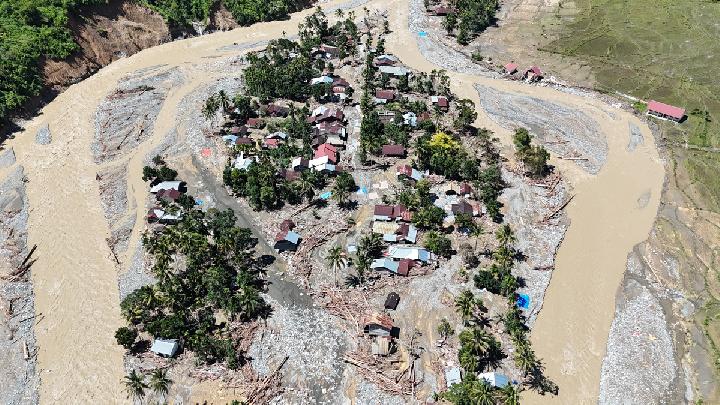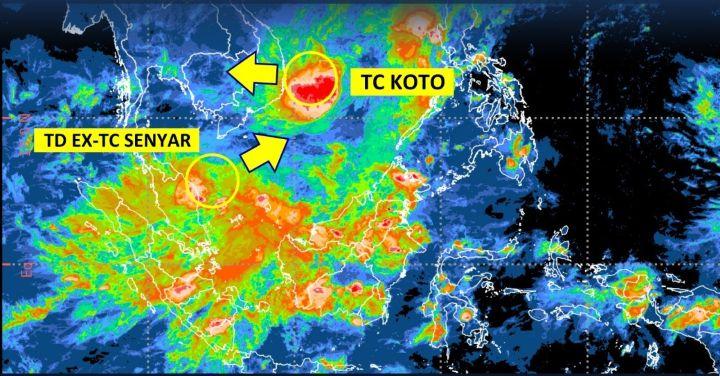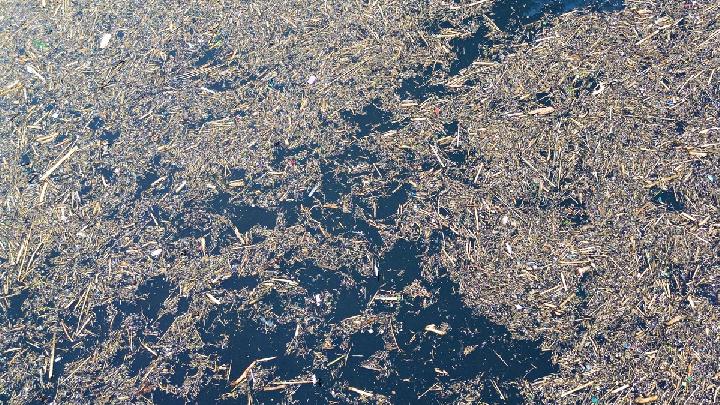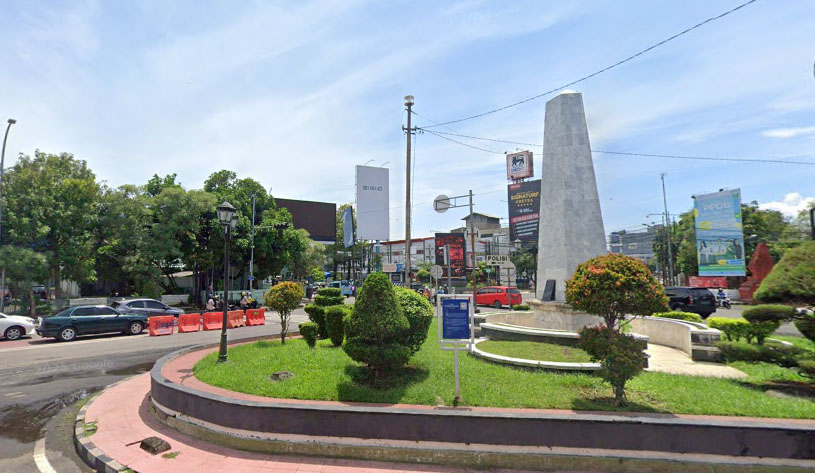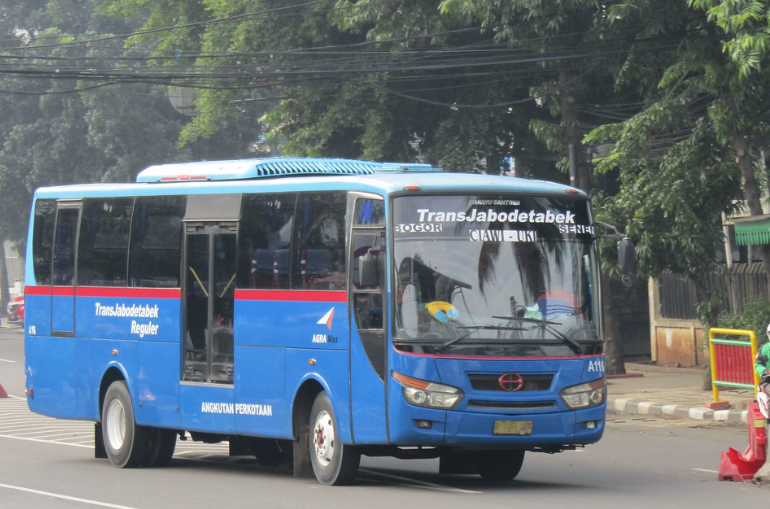TEMPO.CO, Jakarta - Research by the National Research and Innovation Agency (BRIN) has revealed that rainwater in Jakarta contains microplastic particles originating from human activities in urban areas.
The findings underscore that plastic pollution is no longer confined to land and sea—it now contaminates the atmosphere.
BRIN researcher Muhammad Reza Cordova said their studies, conducted since 2022, detected microplastics in every rainwater sample collected in the capital.
These tiny particles are formed from the breakdown of plastic waste suspended in the air.
"These microplastics come from synthetic clothing fibers, vehicle and tire dust, residues from plastic waste incineration, and plastic degradation in open spaces," Reza explained in a statement on Friday, October 17, 2025.
The particles typically include synthetic fibers and small plastic fragments, especially polymers such as polyester, nylon, polyethylene, polypropylene, and polybutadiene from vehicle tires.
In coastal areas of Jakarta, researchers observed an average of 15 microplastic particles per square meter per day in rain samples.
The Plastic Cycle Reaches the Atmosphere
Reza noted that microplastics enter the atmosphere through street dust, vehicle emissions, and industrial activities. They are then transported by wind and returned to the ground via rain, a process known as atmospheric microplastic deposition.
"The plastic cycle does not stop in the ocean. It rises to the sky, travels with the wind, and descends to Earth through rain," he said.
Finer Than Dust
Microplastic particles are extremely small, finer than ordinary dust, making them easily inhaled or ingested through water and food.
These plastics often contain toxic additives such as phthalates, bisphenol A (BPA), and heavy metals, which can leach into the environment as they degrade. In the atmosphere, the particles can also absorb other pollutants, including aromatic hydrocarbons from vehicle emissions.
"It is not the rain itself that is toxic, but the microplastics it carries, which contain chemical additives or absorb other pollutants," Reza added.
While further research is ongoing, global studies have linked microplastic exposure to oxidative stress, hormone disruption, and tissue damage. Environmentally, microplastic-laden rain can contaminate surface water and seas, eventually entering the food chain.
Urban Lifestyle as a Driver
Reza attributes the rising microplastic levels to modern urban lifestyles. Jakarta, home to over 10 million people and more than 20 million vehicles, generates massive amounts of plastic waste daily.
"Single-use plastics remain abundant, and their management is inadequate. Some waste is openly burned or carried by rainwater into rivers," he said.
Tackling Microplastic Rain
To address the issue, BRIN recommends cross-sectoral action.
First, research and routine monitoring of air and rainwater quality in major cities should be strengthened.
Second, plastic waste management at the source must improve, including reducing single-use plastics and expanding recycling facilities.
Third, the textile industry should adopt filtration systems on washing machines to capture synthetic fibers.
Public education is also vital. Reza urges citizens to reduce plastic use, separate waste, and avoid open burning.
"The rain in Jakarta now reflects human behavior beneath it," he said.
Editor’s Choice: Jakarta Moves to Mitigate Extreme Heat
Click here to get the latest news updates from Tempo on Google News


